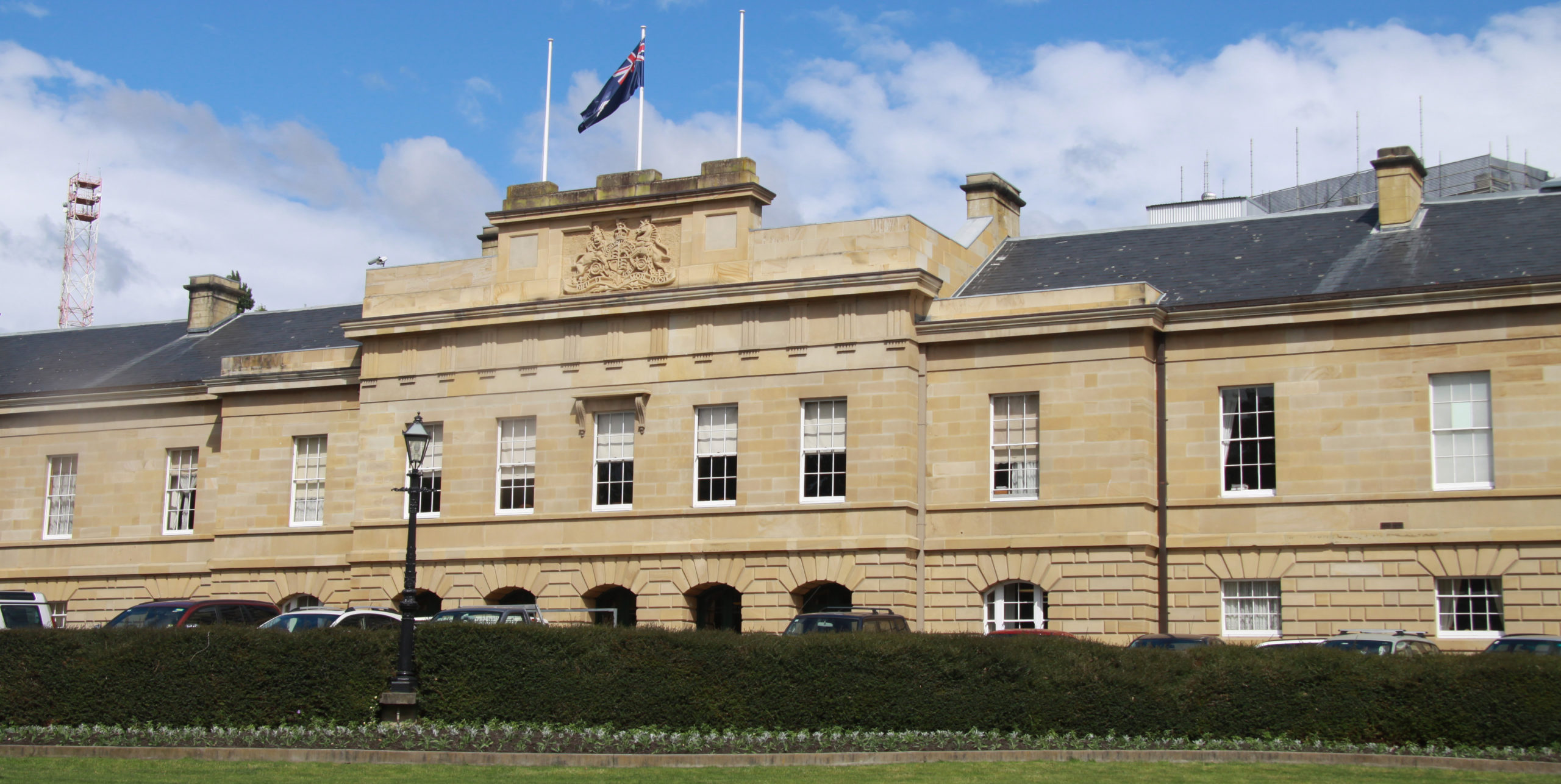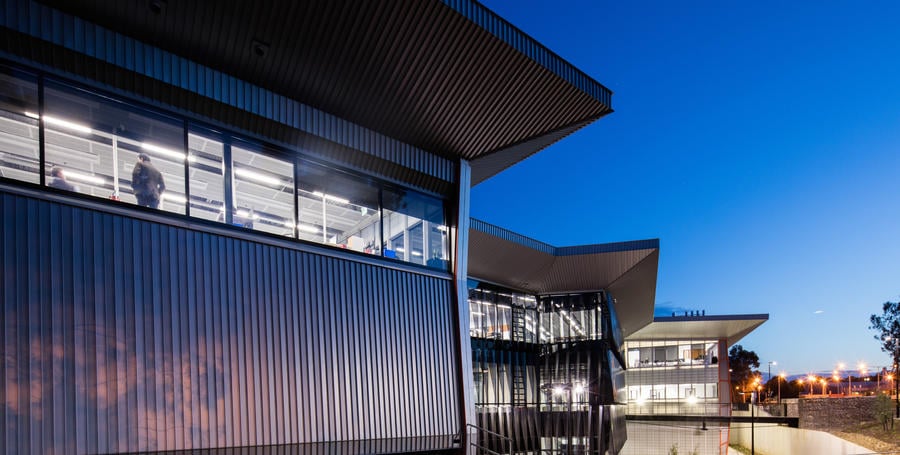One of the best ways to reduce the likelihood of Covid-19 being transmitted in Aotearoa New Zealand classrooms is simply by opening doors and windows to create natural ventilation, say NIWA air quality experts.
The largely Auckland-based team have been studying indoor and outdoor air quality in New Zealand for around 15 years, including a decade looking at air quality in people’s homes and in schools.
“We know that some Aucklanders are feeling anxious about the return to school for some students next week. But they can feel more confident knowing that opening windows and doors to replace indoor air with fresh air from outside is very effective at cleaning air,” says NIWA Air Quality Scientist Ian Longley.
“In a closed classroom, everyone’s breath spreads out to fill the space. If anyone is infected with Covid-19, virus particles can circulate through the air across the whole room. But build-up of contaminated air is reduced by ventilation. This just means removing the stale air inside the room and replacing it with clean air.
“One of the most effective ways to do this is simply to open doors and windows to create air flow across the classroom. This will remove air from inside and replace it with fresh air from outside, which should be free from the Covid-19 virus.”
For classrooms with all the windows or doors on one side, turning on a fan can help create air flow and bring outdoor air inside.
Ventilation, air conditioning and filtration – what’s the difference?
Ventilation and filtration are two different things.
Ventilation can be done natually through open doors and windows as described above, or by mechanical ventilation units.
“Mechanical ventilation might be needed if a classroom doesn’t have windows that open. But for most New Zealand classrooms in the warmer months ventilation units are no more effective than natural ventilation,” says Dr Longley.
Air conditioners such as heat pumps are different to mechanical ventilation. These typically recycle air in a room and change its properties, by warming or cooling it or removing moisture. While these make the room more comfortable, they do not improve its ventilation.
Filtration refers to cleaning the air in a room by running it through a filter that removes particles (including virus particles) before recirculating the cleaned air. Some air conditioners are fitted with filters and there are also many types of standalone filtration units available, including portable ones that can be plugged into a standard plug.
Filtration is an option for classrooms wth insufficient ventilation (for instance, where there are few or small opening windows) or where fresh air does not reach all parts of the classroom.
What’s the link with carbon dioxide (CO2)?
Some newer classrooms in New Zealand have CO2 monitors installed. Monitoring indoor CO2 gives a good indication of how fresh or stuffy the air inside a room is. CO2 is generated by people breathing and, when levels get too high, people can start to feel sleepy or foggy.
“Monitoring indoor CO2 has been talked about in relation to Covid-19 transmission through classroom air because it gives a good indication of how much fresh outside air is circulating in the room.
“Outside CO2 levels sit at about 410 parts per million (ppm), while the current indoor standard is 1500 ppm. But international studies are showing that to reduce the risk of Covid-19 transmission, you really need to increase ventilation so that CO2 stays below about 800 ppm,” says Dr Longley.
CO2 is not reduced by filtration. Even with an air filter in place, ventilation is still needed to reduce CO2 levels and prevent build-up of stuffy air.
“Keeping CO2 levels down offers the win-win of ensuring Covid-19 is less likely to be circulating as well as keeping students more alert to improve learning.”
“While using a CO2 monitor can give valuable insights into the indoor air quality, humans are also good at sensing how fresh the air is in a room we walk into and whether there’s some air flow,” he says.









